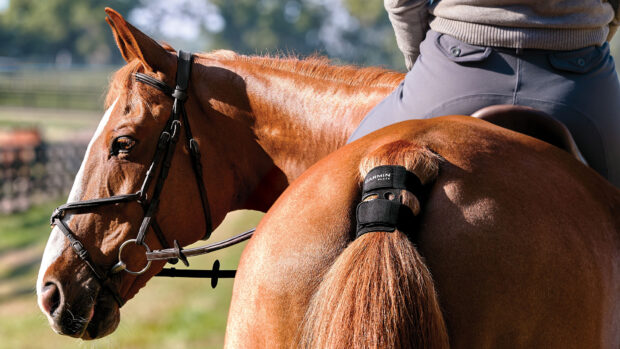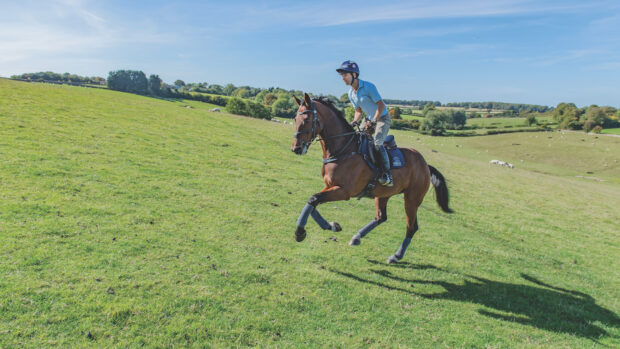When considering what are the best warm up exercises for horses before a competition, bear in mind that the warm up should include three stages in order for it to be most beneficial and allow the horse to perform at their best.
Here are some top tips to help your achieve the best result you possibly can with your horse while competing…
1. Passive warm-up for horses
Make the body warm. This often entails using something external like an exercise rug, even before the rider gets on, as well as a gentle walk. The horse should not be standing outside uncovered on a cold day or the blood vessels will be constricted.
2. General warm-up techniques
This is not specific to discipline and will take the form of walk, slow trot and canter, maintaining a pretty low heart-rate. The horse should not be stretched or pulled, but be able to jog along at a relaxed and comfortable rate.
With a talented horse, this would be long, low and round, but the conformation of some horses will not allow them to work like this easily. At this stage in the warm-up, the muscles, tendons and ligaments might not be flexible enough in some horses, so do not force the issue.
Working in long and low helps to warm up the back and activate the horse’s core muscles. If the horse’s head is in the air, its back tends to be fixed, rather than engaged. Physiologically and mechanically, long and low is the ideal way to do this part of the warm-up if the horse finds it easy.
This stage should involve general movements, working the different muscle groups, including gradual flexing to either side without pulling anything too tight.
Keep direct transitions to a minimum because they make the horse work its body hard and raise the heart-rate. A horse in the wild will only change its gait when it is energetically efficient to do so.
People often miss out this second stage of warming up if they’re in a rush, but it’s absolutely essential. If short on time, it is preferable only to work up to this point, rather than skip it.
3. Specific warm-up exercises for horses
Finally, start practising the types of movement you will be using following the warm-up.
Direct transitions, smaller circles and specific movements can now be incorporated. Jumping would be introduced towards the end of this time.
For competition, you want to practise the nerve-muscle patterns that you will be using in the arena. But this must be balanced so that the horse is not made to work too strenuously and will leave his best work for the practice ring.
For a power discipline, such as dressage or jumping, we have to be careful not to exhaust the energy (glycogen) stores by jumping too much or spending 20 minutes in piaffe.
As a general rule, this warm-up stage should take place about 20 minutes before competition.
You might also be interested in reading…

10 top tips to help tackle nerves in the warm-up
Forget competition anxiety — for many of us, the warm-up arena can prove more intimidating than the event itself

The perfect eventing warm-up: how to tackle all three phases
How you warm-up your horse can mean the difference between a good test and a double clear or a poor

Subscribe to Horse & Hound magazine today – and enjoy unlimited website access all year round
Horse & Hound magazine, out every Thursday, is packed with all the latest news and reports, as well as interviews, specials, nostalgia, vet and training advice. Find how you can enjoy the magazine delivered to your door every week, plus options to upgrade your subscription to access our online service that brings you breaking news and reports as well as other benefits.




